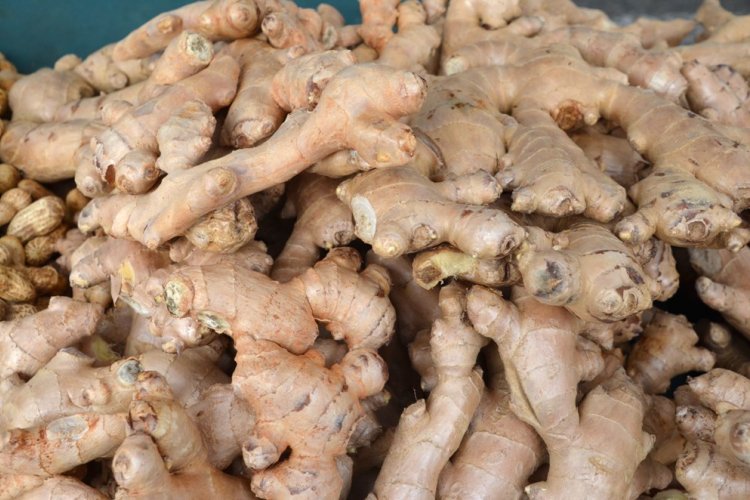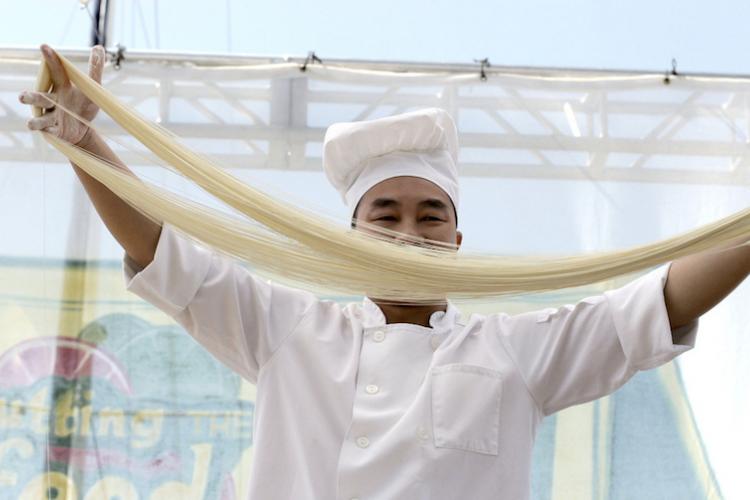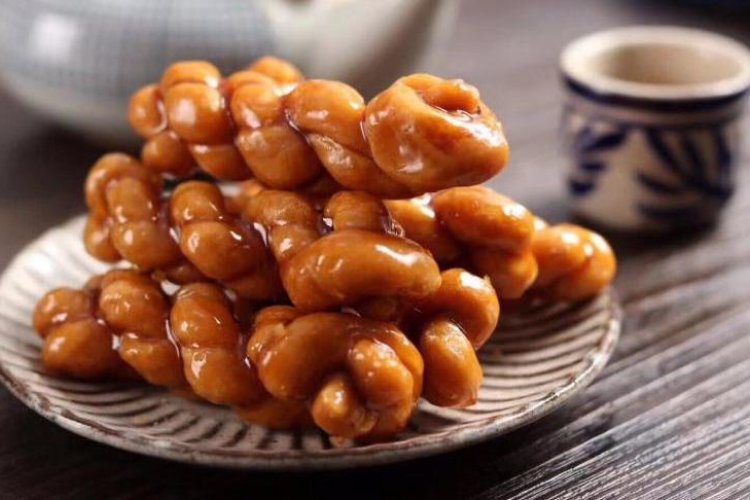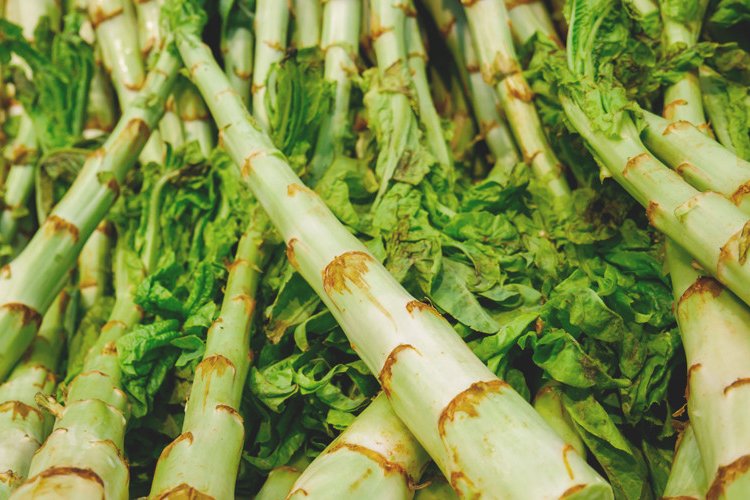Wokipedia: N is For...
In Wokipedia, we introduce aspects of Chinese gastronomy, one letter at a time. This time, 'N' gets the treatment.
… naan 馕
If you order up a naan bread (pronounced náng in Chinese) in a Xinjiang restaurant in Beijing and expect the pliable, teardrop-shaped version common in South Asian restaurants, you are going to be severely disappointed. The style of Xinjiang naan most often encountered in Beijing is a sturdy, eminently stackable disc, the sort of thing you could pack as provisions for a long slog across the desert. Added to dishes, you'll often find it cubed and stir-fried with a hearty serving of grilled lamb, onions, and cilantro (馕爆炒肉 náng bào chǎo ròu) or added to absorb the rich, tomatoey sauce in big plate chicken (大盘鸡 dàpán jī).
… nangua 南瓜
A trip to any wet market in Beijing will reveal a dazzling array of squashes and gourds depending on the season, but for Western kitchens, the most approachable is still the humble pumpkin, or 南瓜 nánguā. Nangua’s literal translation of “southern gourd” is simply because the bulbous beauty was first introduced via southern China. Our favorite Chinese pumpkin preparation is nangua bing, delightfully sticky pan-fried pancakes made with mashed pumpkin and glutinous rice (more on that below).
… ni 腻
The character ni, often translated as greasy or oily, is best imaged as the mouth-coating richness of a fatty, meaty dish such as slow-cooked pork belly. To chī nì (吃腻) is to eat so much of the same food – greasy or otherwise – that you get sick of it.
… nuomi 糯米
Often called sticky rice, glutinous rice (糯米 nuomi) shows up in a variety of forms in Chinese cuisine: milled into flour and used to make niángāo (年糕), or glutinous rice cake; wrapped in bamboo leaves and steamed for zòngzi (粽子); or topped with dried sausage and mushrooms for the savory Cantonese dish nuomi fan. Don’t let the name confuse you – glutinous rice doesn’t contain any gluten.
That's N sorted. Click here to see what you missed with M.
More stories by this author here.
Email: robynnetindall@thebeijinger.com
Instagram: @gongbaobeijing
Twitter: @gongbaobeijing
Weibo: @宫保北
Photos: Wikimedia, Wikipedia







